Introduction
In the vast world of SEO, there’s a coveted spot at the top of search engine results pages (SERPs) that everyone wants to reach. It’s the featured snippet—a position that promises increased visibility, higher traffic, and enhanced credibility. But how do you optimize your website to land this prime real estate? Let’s dive into the strategies and tactics to help you secure that elusive spot.
What Are Featured Snippets?
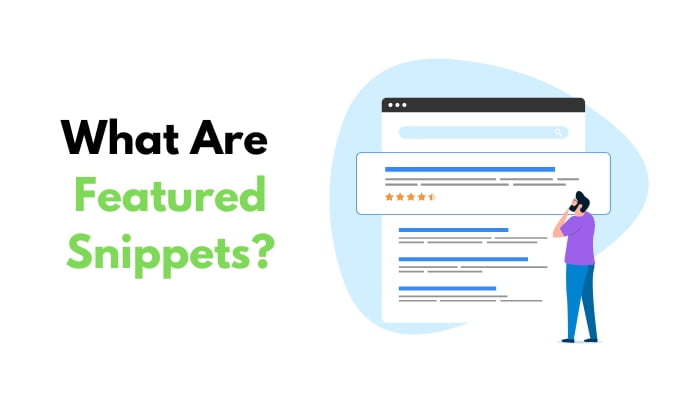
Definition
Featured snippets are short snippets of text that appear at the top of Google’s search results. They aim to answer a user’s query right away without requiring them to click on a specific link. This position, often referred to as “position zero,” is a direct answer to a search query pulled from a webpage.
Importance
Why are featured snippets so important? They drive significant traffic and boost credibility. When your content is selected as a featured snippet, it signals to users that your page is authoritative and relevant.
Types of Featured Snippets

Paragraph Snippets
These are the most common types of featured snippets. They provide a brief answer to a query in a paragraph format.
List Snippets
List snippets are ideal for “how-to” guides or lists of steps. They can be ordered (numbered) or unordered (bulleted).
Table Snippets
Table snippets display data in a structured table format. These are useful for comparisons, schedules, or any data-heavy content.
Video Snippets
Video snippets showcase a short clip, usually from YouTube, that answers the user’s query directly.
Also read: Unlocking Local SEO Secrets: Mastering Semrush Local in 5 Easy Steps!
Benefits of Featured Snippets

Increased Visibility
Featured snippets place your content at the very top of SERPs, even above the first organic result. This prime placement drastically increases your page’s visibility.
Higher Click-Through Rates
Being in a featured snippet can significantly boost your click-through rates (CTR). Users are more likely to click on the link that Google highlights as the best answer.
Enhanced Credibility
When Google chooses your content for a featured snippet, it tells users that your page is a trustworthy source of information.
Understanding Google’s Criteria

Content Relevance
Google prioritizes content that directly answers the user’s query. Ensure your content is relevant and provides a clear answer to common questions in your niche.
Structured Data
Using structured data (or schema markup) helps Google understand your content better. It can significantly increase your chances of being chosen for a featured snippet.
Page Authority
Higher page authority often correlates with a better chance of snagging a featured snippet. Build your authority through quality content, backlinks, and user engagement.
Keyword Research for Featured Snippets
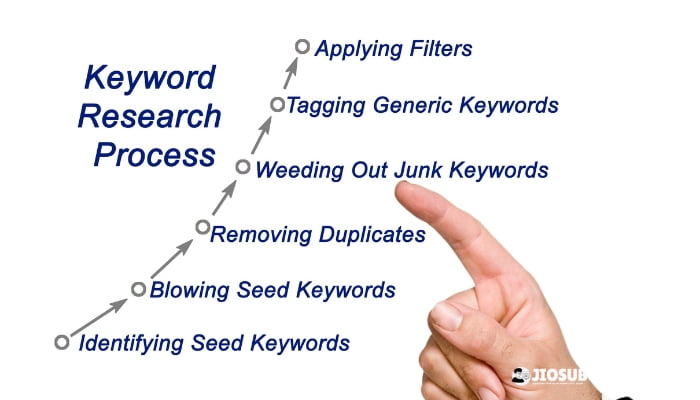
Identifying Question-Based Keywords
Focus on keywords that are framed as questions. Users often phrase their queries as questions, so targeting these can improve your chances of being featured.
Long-Tail Keywords
Long-tail keywords are more specific and often less competitive. They can help you rank for niche queries that are more likely to trigger featured snippets.
Competitive Analysis
Analyze what keywords your competitors are ranking for in featured snippets. Use tools like Ahrefs or SEMrush to identify these opportunities and tailor your content accordingly.
Must Read: Top 10 SEO Trends to Watch in 2024
Structuring Your Content

Using Headers and Subheaders
Headers and subheaders (H1, H2, H3, etc.) help break down your content into digestible sections. This structure not only improves readability but also helps Google understand the context of your content.
Bullet Points and Numbered Lists
Google loves lists. Use bullet points or numbered lists to make your content easy to scan and more likely to be featured as a list snippet.
Properly Formatting Tables
When dealing with data, format it into tables. Structured data like tables is favored by Google for certain types of featured snippets.
Writing for Featured Snippets
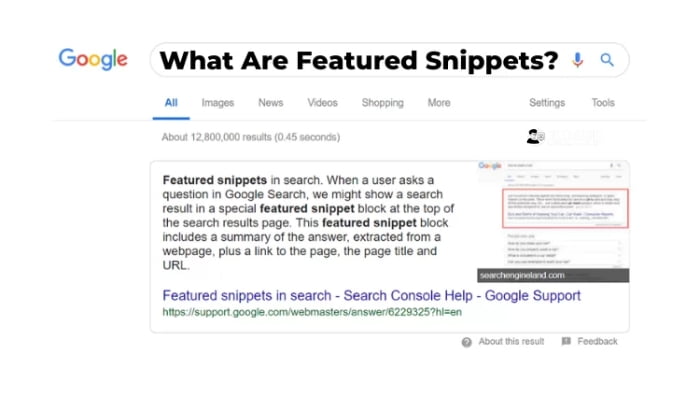
Clear and Concise Answers
Provide clear and concise answers to potential questions. Aim to answer the question in the first few sentences to increase your chances of being featured.
Using Relevant Keywords
Incorporate relevant keywords naturally throughout your content. Avoid keyword stuffing, but ensure your main keyword is present in key sections like headers and the introduction.
Providing Step-by-Step Instructions
For “how-to” queries, provide step-by-step instructions. This format is perfect for list snippets and helps users understand the process quickly.
Also Read: The Role of AI in Modern SEO: What You Need to Know
Optimizing Existing Content

Updating Outdated Information
Regularly update your content to ensure it remains relevant and accurate. Google prefers fresh, up-to-date content for featured snippets.
Enhancing Readability
Improve the readability of your content by using short paragraphs, simple language, and engaging visuals. Readable content is more likely to be chosen for featured snippets.
Adding Visuals
Incorporate images, videos, and infographics. Visuals can enhance the user’s experience and make your content more engaging.
Utilizing Schema Markup
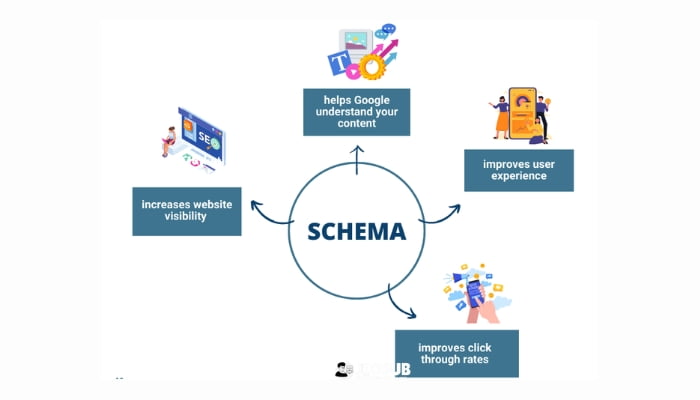
What is Schema Markup?
Schema markup is a type of structured data that helps search engines understand your content. Implementing schema markup can improve your chances of being featured in snippets.
Implementing Schema Markup
Use tools like Google’s Structured Data Markup Helper to add schema markup to your pages. Focus on marking up sections of your content that are likely to be featured.
Also Read: The Role of AI in Modern SEO: What You Need to Know
Mobile Optimization

Responsive Design
Ensure your website is mobile-friendly. Google’s mobile-first indexing means that mobile-optimized sites are prioritized in search results.
Fast Loading Times
Improve your site’s loading times. Fast-loading pages provide a better user experience and are more likely to be featured.
Monitoring and Adjusting Your Strategy

Using Analytics Tools
Utilize tools like Google Analytics and Search Console to monitor your performance. Track which pages are being featured and how users interact with them.
Tracking Featured Snippet Performance
Use tools like SEMrush or Ahrefs to track your featured snippet performance. Analyze which snippets you own and which you can target next.
Making Data-Driven Adjustments
Based on your analysis, make data-driven adjustments to your strategy. Update your content, refine your keyword targeting, and optimize for new opportunities.
Also Read: How to Optimize Your Website for Voice Search in 2024
Common Mistakes to Avoid
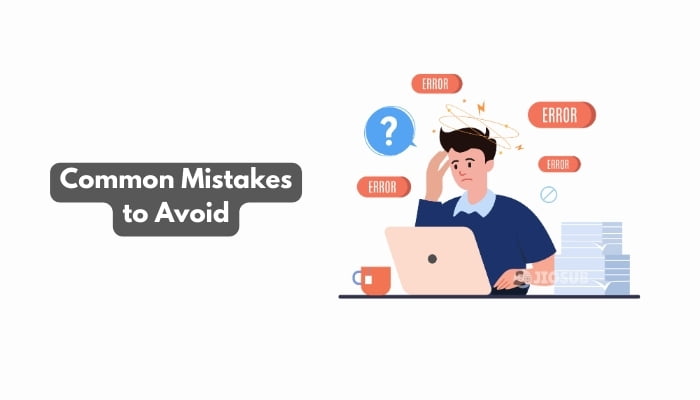
Ignoring User Intent
Always keep the user’s intent in mind. Content that doesn’t meet the user’s needs is unlikely to be featured.
Overlooking Technical SEO
Technical SEO elements like page speed, mobile-friendliness, and site structure are crucial. Don’t neglect these aspects in your optimization efforts.
Neglecting Content Quality
High-quality content is key. If your content isn’t valuable to users, it won’t be valuable to Google either.
Tools and Resources

SEO Tools
Tools like Ahrefs, SEMrush, and Moz can help you with keyword research, competitive analysis, and tracking your snippet performance.
Content Management Systems
Use a robust CMS like WordPress that supports easy content updates, SEO plugins, and schema markup implementation.
Webmaster Guidelines
Refer to Google’s Webmaster Guidelines for best practices. Staying updated with these guidelines ensures your site is always aligned with Google’s requirements.
Conclusion
Optimizing your website for featured snippets is a game-changer. By focusing on structured, relevant content and following best practices, you can significantly increase your chances of landing that coveted spot at the top of SERPs. Keep experimenting, analyzing, and adjusting your strategy to stay ahead in the SEO game.
Also Read:
FAQs
Q: How long does it take to get a featured snippet?
A: It varies depending on your site’s authority, content quality, and competition. It can take anywhere from a few weeks to several months.
Q: Do I need to use paid tools to optimize for featured snippets?
A: While paid tools can provide valuable insights, you can also utilize free tools like Google Analytics and Search Console to optimize for featured snippets.
Q: Can my site lose a featured snippet?
A: Yes, featured snippets are dynamic, and Google may replace your content with a competitor’s if it is deemed more relevant or up-to-date.
Q: Is schema markup necessary for featured snippets?
A: While not mandatory, schema markup can significantly enhance your chances of being featured by helping search engines understand your content better.
Q: Can videos be featured snippets?
A: Yes, video snippets, often from YouTube, can be featured, especially for queries that benefit from visual explanations.

